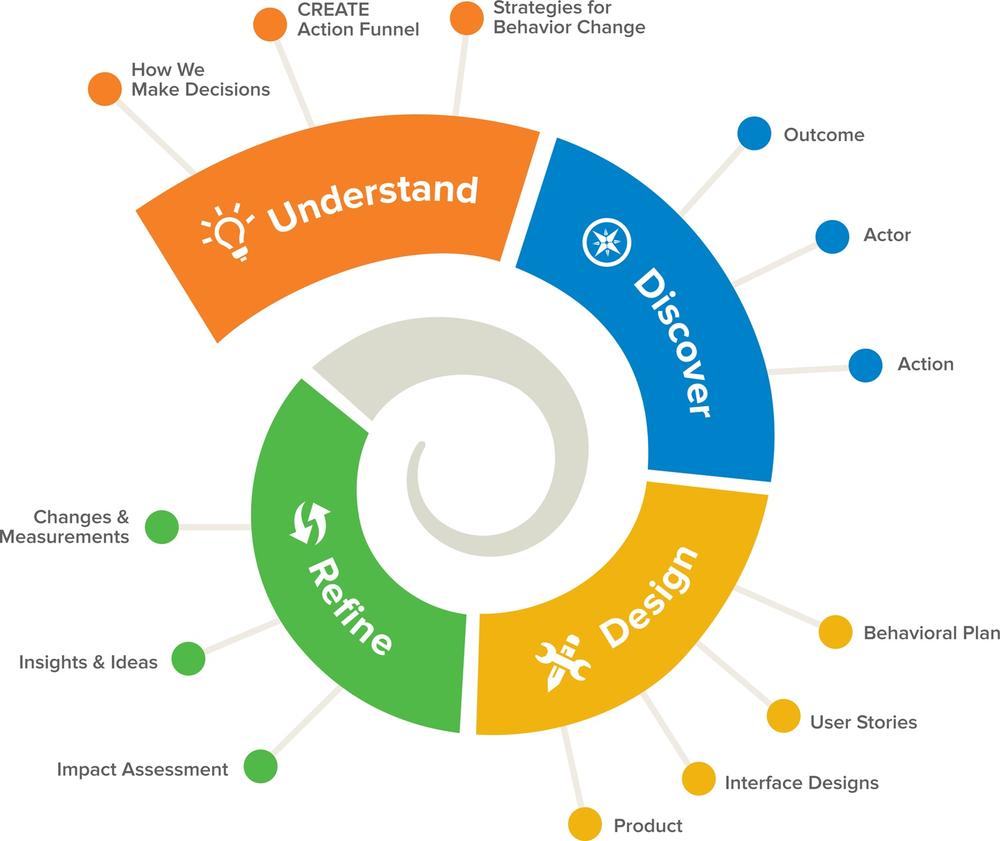Part IV. Designing the Interface and Implementing It
In the following chapters, we take the conceptual plan for the product and turn it into something real and tangible that people can see and react to. We’ll go through a very similar design process as we did in Chapter 6 Chapter 7 Chapter 8, when we first developed the conceptual plan (Figure 23):
Structuring the action to make it feasible and inviting for the user,
Constructing the environment to support the action, and
Preparing the user to take the action.
But instead of designing the high-level functionality, we’ll use these techniques on the interface designs and on the implementation of the product itself. In terms of the iterative product development process first introduced in the Preface, we’re in the middle of the third stage.
Chapter 9 describes how to extract user stories (in an agile development environment) or formal specs (in sequential product development), and how to generate the initial interface designs based on them.
Chapter 10 discusses the ins and outs of tuning the interface designs for their behavioral impact. And, finally, Chapter 11 talks about how the team actually builds the product itself.

Figure 23. Part IV covers the user stories, interface designs, and building the actual product
Get Designing for Behavior Change now with the O’Reilly learning platform.
O’Reilly members experience books, live events, courses curated by job role, and more from O’Reilly and nearly 200 top publishers.

